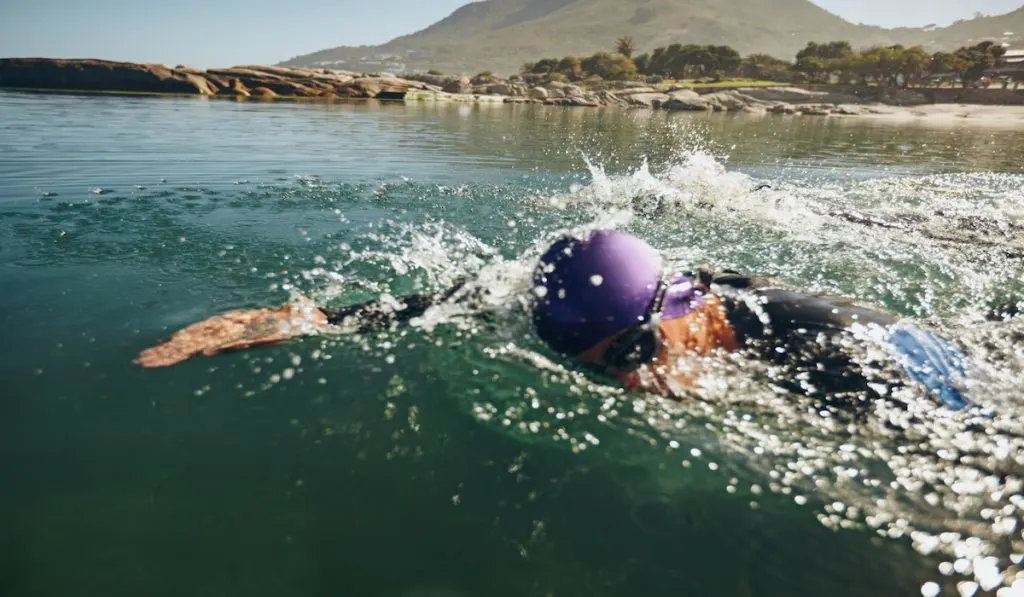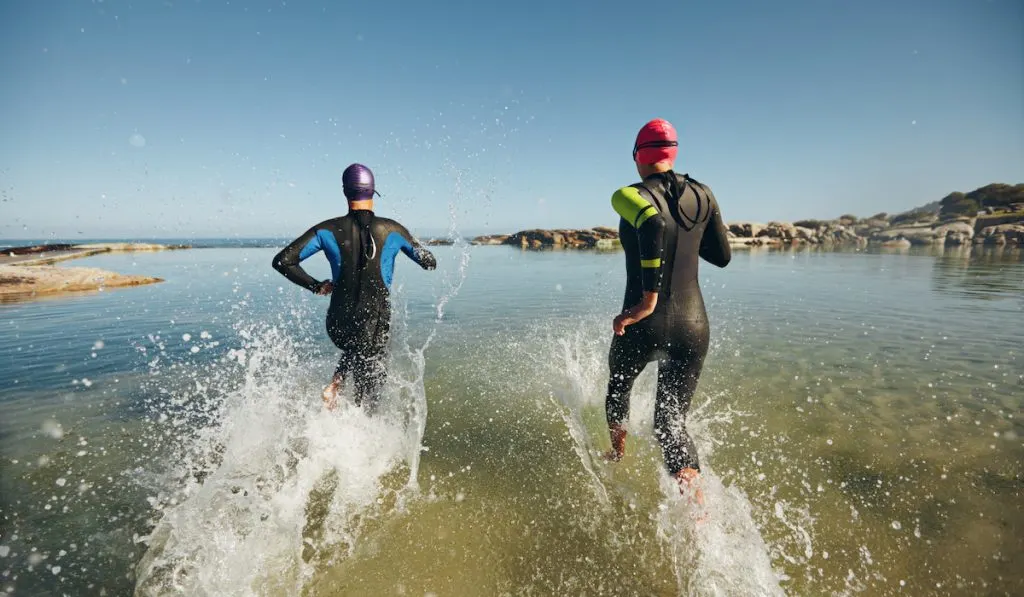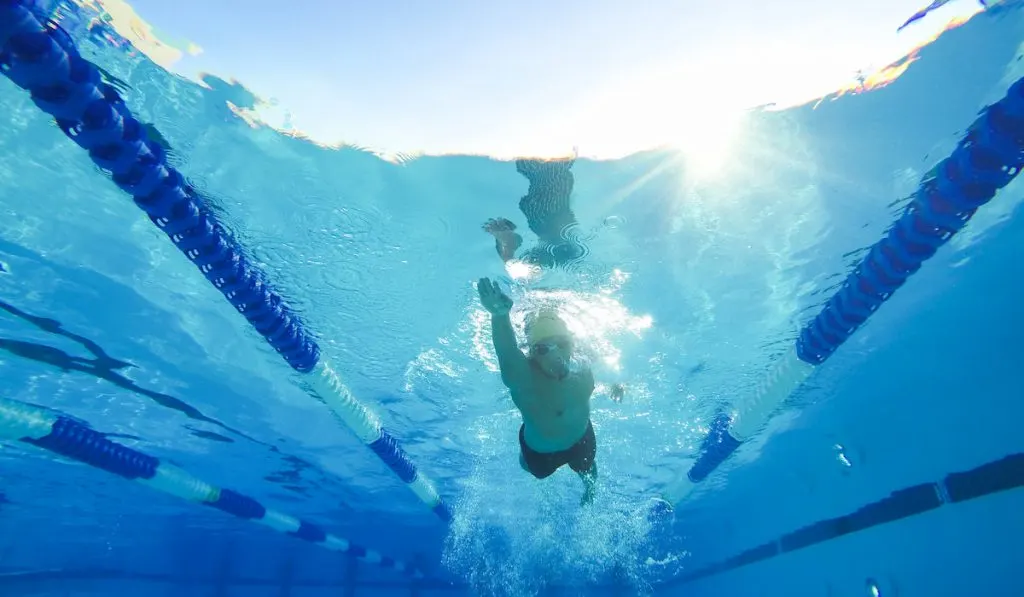If you’re new to the sport, welcome to an exclusive club! As a triathlete, you have a claim to some amazing accomplishments that most people wouldn’t even consider.
Triathlons put you to the test like no other sporting event in the world. When you participate in a race, you become something different.
The incredible challenge of racing and completing a triathlon isn’t like your neighborhood weekend 5k. These races require careful planning and serious training.
You have to put in the time to make it to the finish line. The last thing we want is to see racers crash and burn, and that does happen from time to time.
Even if you don’t finish your first race, it should be a good experience. You’ll see the triathlon for the obstacle it is and it, hopefully, will make you hungrier in your preparation.
Finding moments to rest in a triathlon will be important to your success if you’re new to the sport. The point of the triathlon, for many people, is simply to finish.
It’s the pinnacle of endurance challenges where you push yourself to the limit in three different phases: swim, bike, and run. You won’t be able to go full speed the entire event, so having a strategy about where and how you will rest is crucial.

For some people, rest needs to happen when you’re swimming. It’s easy for new racers, and even seasoned pros to get caught up in the excitement of what’s typically the first phase of a triathlon.
The adrenaline is pumping and the herd mentality kicks in. Something inside you compels you to try and keep up and perhaps even exceed the pace you’ve set for yourself. Other people aren’t as strong in the swim as they are in other events.
While the triathlon has plenty of rules around race regulations and policies, a question we often get is whether it’s ‘legal’ to rest during the swim portion of a triathlon? We’re not talking about swimming slowly. That’s perfectly legal under the rules.
However, what if you or another racer stands up or touches the bottom to rest? Let’s take a look.
Common Triathlon Swimming Rules
The swimming portion of the triathlon has a lot of rules to ensure a competitive, safe event. Let’s go over some of the rules you’ll find.
Most of these rules have been instituted to protect racers because, of the few fatalities that have occurred in races, most of the deaths have happened during the swimming portion.
One of the most unique rules when it comes to swimming is around wetsuits.
Wetsuits, if you aren’t aware, are worn by swimmers, divers, surfers, and other people who participate in water activities to keep them warm. A good wetsuit will help you stay warm in very cold waters.
Well, triathlon rule-makers have made wearing a wetsuit in colder waters mandatory. If the water temperature on race day is below 57 degrees, then wetsuits are a must.
One interesting bit about wetsuits is that they’re also banned if the water is warm enough because they help swimmers stay afloat better.
Wetsuits do this by maintaining a thin layer of water inside the suit between the skin and the suit. It helps keep the swimmer warm but also acts as a buoy.

When it comes to strokes, there are no rules. Swimmers can do whatever it takes to get to the other end of what ranges between just under a mile and 2.4 miles of swimming.
The point of this rule is to recognize that the distance may necessitate swimmers to change strokes to rest or avoid injury.
Resting in the Water – Is it Allowed?
It’s hard to give a definitive answer regarding some forms of resting during the swimming portion of a triathlon.
Every time you race, whether this is your first event or your 20th, you should look over the rules of your specific event to avoid any red flags. The last thing you want to do is start a race and unwittingly break a rule that disqualifies you.
The bottom line is that resting by touching the ground of the beach or lake or wherever you’re swimming is ok for most races.
Some races will have kayaks, boats, and other floating devices in the water for swimmers to use if they feel like they need to grab onto something and rest for a bit.
Race organizers know how anxiety-inducing the swim can be for some triathletes. Again, it’s usually at the start of the race, and the frenzy at the beginning and getting hit in the water and not being able to breathe can be very stressful.
Here are some things you can do to prepare:
Practice Swimming in Open Water – Dealing with ripples in the water, not being able to see very far, and other parts of swimming in open water will help you prepare for the race.
Don’t do all of your swim training in the pool. Some people have anxiety attacks the first time they swim in a lake and they can’t see the bottom or what’s in front of them.

Swim the Full Distance Before the Race – Make sure you can safely swim the entire length of your triathlon’s swim portion before you do it the day of the race.
On your first try, if you’re not in a pool, swim with a noodle or some other flotation device. The point here is not to complete the section at speed. It’s so you can mentally wrap your head around just how long you’ll have to swim.
Your event will likely have people in boats and kayaks along the entire swim portion of your race. They’ll be on the lookout for swimmers who are in trouble or who they think could use a rest. This should help with swimmers’ confidence going into the race knowing that there is a support system in place should they need help.
Remember, read the rules before the race so you know what type of rest is allowed during the swim so you can guarantee a fun and fulfilling event!
